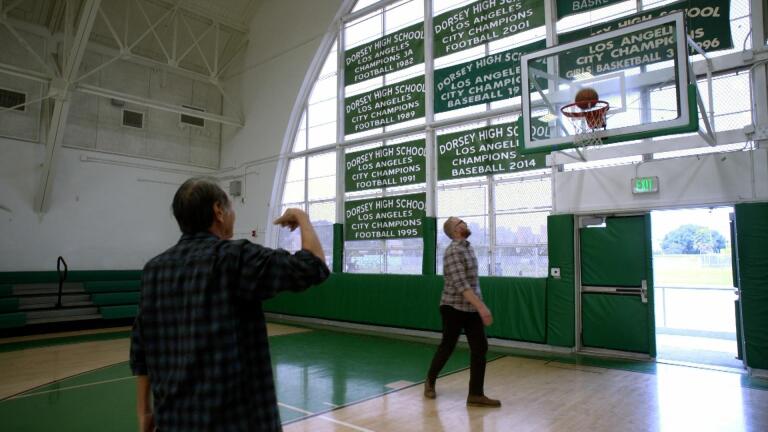Support Provided By

26:37
After internment camps, Japanese Americans made L.A.'s Crenshaw neighborhood their home.

26:46
Dig deep into Southern California’s past to reveal lessons for our climate-changed future.

26:41
Explore a forgotten age when winemaking was Southern California’s principal industry.

26:46
Why did Los Angeles dismantle one of the greatest rail transit systems in the nation?

4:39
Nick Nagatani shoots hoops and reflects on his history with the Yellow Brotherhood






